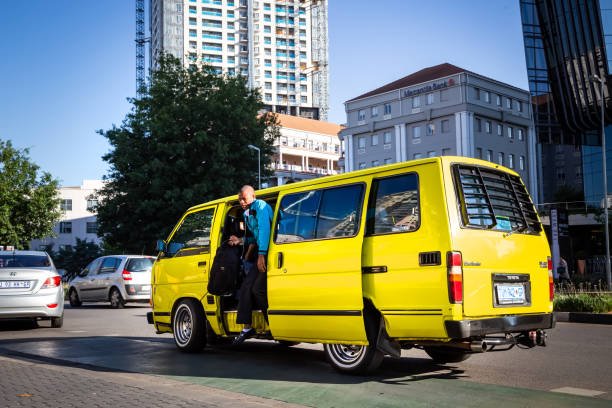Question: Why do people in urban areas need to use transport more than people in rural areas?
People in urban areas often rely on various forms of transportation more than those in rural areas for several reasons:
High Population Density
- Concentration of Services and Amenities: Urban areas typically have a higher concentration of services, amenities, and job opportunities. This leads to a greater demand for efficient and rapid transport to move large numbers of people to various destinations within the city.
Traffic Congestion
- Limited Parking and High Traffic: The high population density and large number of vehicles in urban areas often result in limited parking availability and high levels of traffic congestion. Public transport or shared mobility services are often more convenient and efficient.
Lifestyle and Work Demands
- Fast-Paced Lifestyle: The quicker pace of life in cities means that people often have tighter schedules and less time for travel. Efficient public transport systems like subways, buses, and taxis help urban dwellers meet their time-sensitive obligations.
Diverse Transportation Options
- Variety of Transport Modes: Urban areas generally offer a wider range of transportation options including buses, trains, subways, bicycles, and car-sharing services, making it more likely for people to use them.
Longer Commutes
- Distance to Work and Amenities: While rural areas may have fewer amenities, they are also often less spread out, meaning that people can often walk or take simple forms of transportation to reach them. In contrast, urban areas have longer distances to cover to reach work, school, or amenities, increasing the reliance on faster and more varied forms of transport.
Environmental Concerns
- Sustainability: With growing awareness of environmental sustainability, many urban areas are pushing for public transport and other eco-friendly options like bicycles to reduce the carbon footprint.
In contrast, rural areas often have fewer public transport options, and destinations may be closer to home. People in rural settings may also rely on personal vehicles or simpler forms of transport like bicycles for their less frequent and less varied travel needs. Therefore, the use of transport services is generally higher in urban areas compared to rural locales.
Theoretical Background
In the South African context, understanding the reliance on transportation in urban areas as opposed to rural settings can be framed using several theoretical perspectives.
Spatial Mismatch Theory
One applicable theory is the “Spatial Mismatch” theory, which suggests that opportunities for employment and amenities are not evenly distributed geographically. In South African cities like Johannesburg, Cape Town, or Durban, job opportunities and essential services tend to be concentrated in certain areas, often far from residential zones, particularly those housing lower-income groups. This necessitates the need for efficient transportation systems to bridge the gap between residence and workplace or other essential services.
Social Exclusion Theory
Another theory is “Social Exclusion,” which argues that inadequate access to public transport can contribute to social inequality. In South Africa, the legacy of apartheid has left a lasting impact on the layout of cities, often isolating marginalized communities in peripheral areas with limited access to jobs or services. Public transport then becomes not just a convenience but a social necessity to connect these communities with opportunities.
Urbanization Theory
The “Urbanization” theory can also be applied, as South Africa is experiencing rapid urban growth. This brings in its wake an escalating demand for effective and inclusive transport systems to sustain the increasing population. Urban areas inherently require more complex and varied transport systems to meet the demands of a denser population, as opposed to rural areas that have less population pressure and hence less complex needs.
Environmental Sustainability Theory
Lastly, “Environmental Sustainability” theory is becoming increasingly relevant. As South African cities grow, so does the environmental impact of that growth. More people are realizing the importance of eco-friendly transport options, which cities are more likely to provide than rural areas—such as trains, buses, or cycling lanes.
These theories collectively offer a comprehensive framework to understand why people in urban areas in South Africa might rely more heavily on various forms of transportation compared to those in rural areas.

